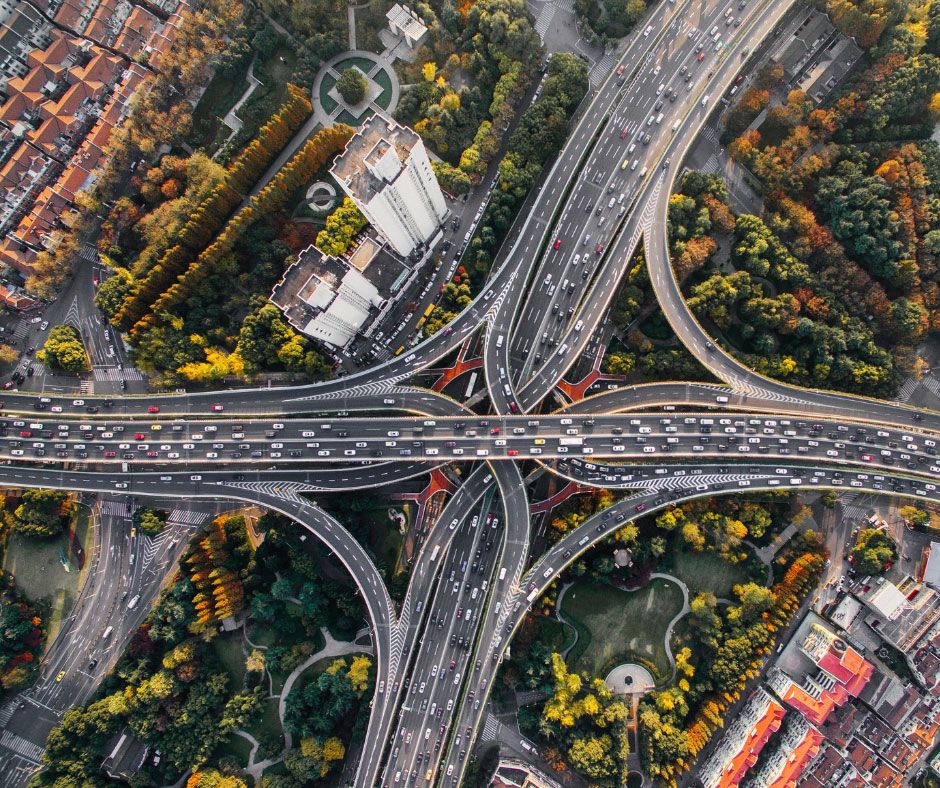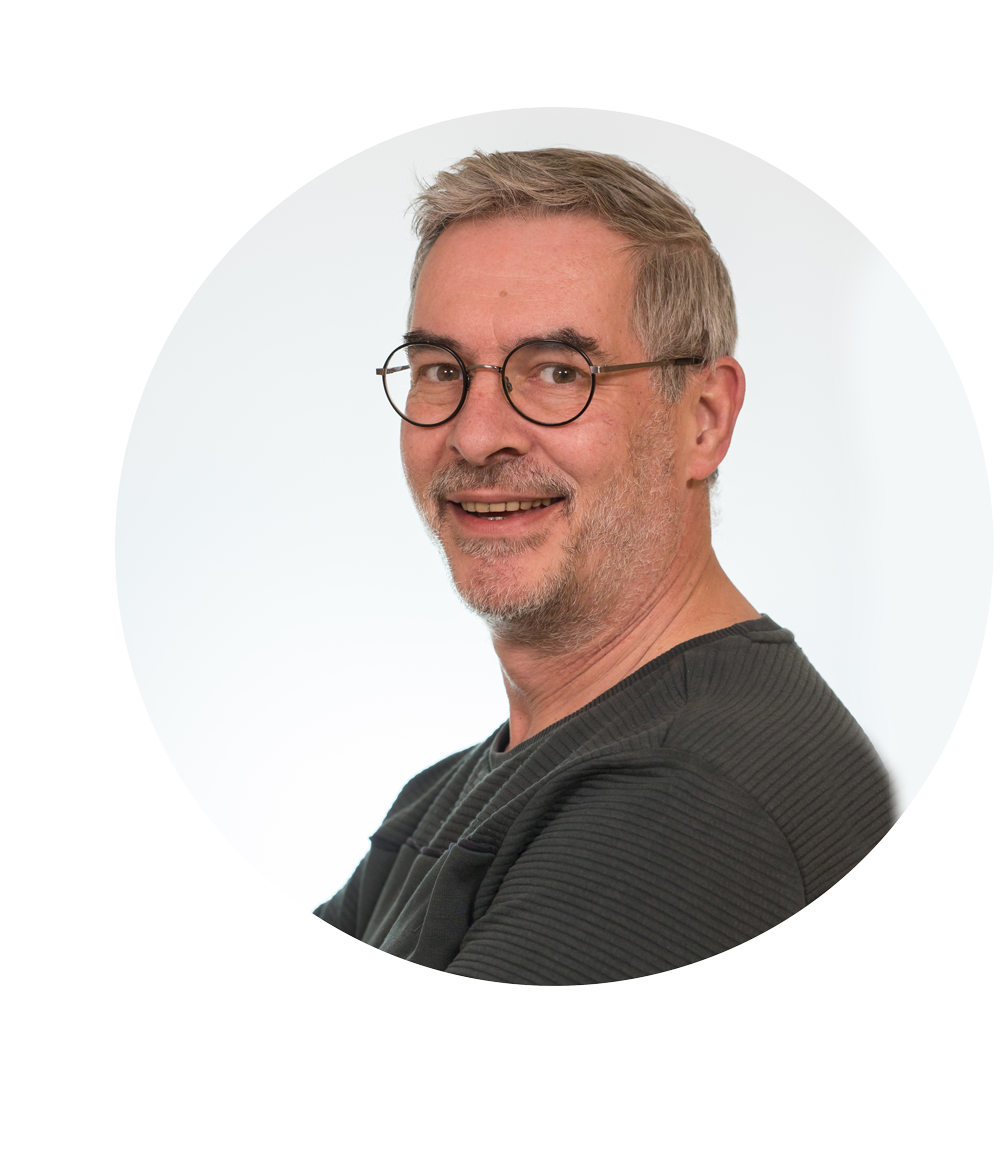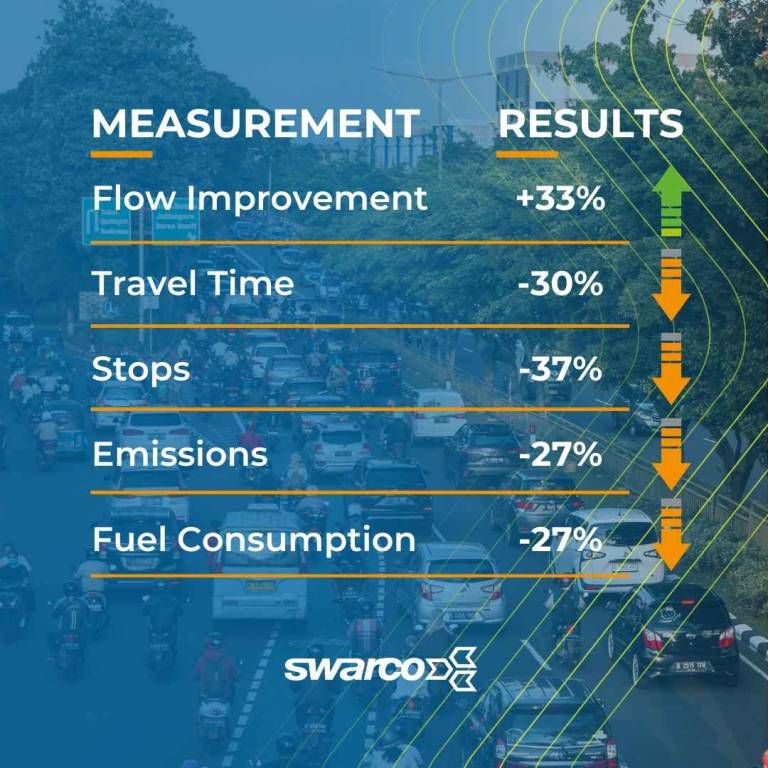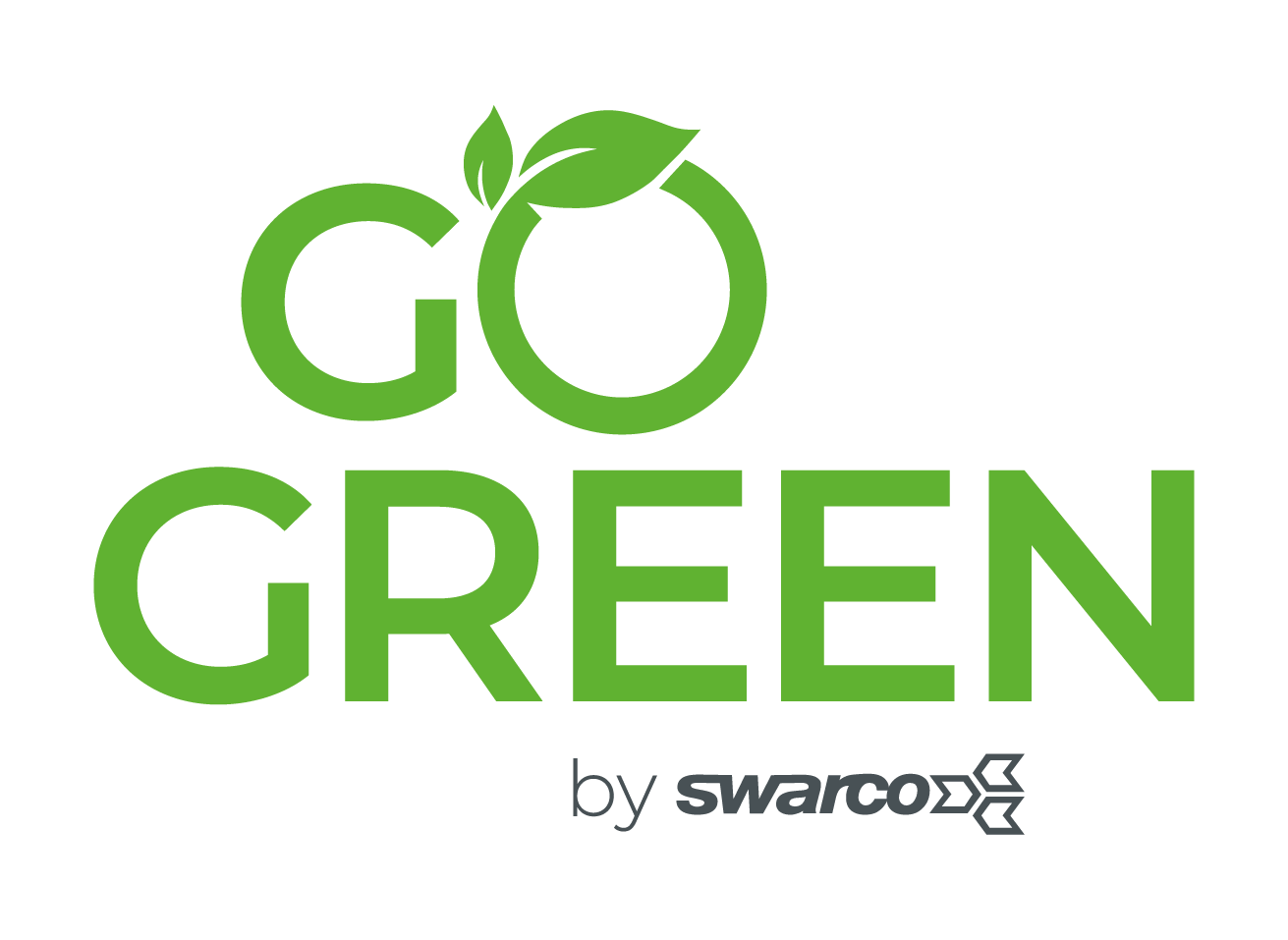From pollution to prevention:
Strategies for air quality restoration in urban areas
Air pollution is a significant global concern with adverse effects on public health and the environment. Around the world countries are actively taking steps to address this topic with a combination of regulatory measures, technological advancements and public awareness campaigns. One of the main contributors to air pollution (up to 25% of the EU’s greenhouse gas emissions) is the transport sector, including the day-to-day road traffic we frequently encounter on our regular journeys, be it commuting or doing other errands.
Particularly at intersections of highly frequented areas, congestion and related waiting times can put a driver through some torture. While most likely we are all on the same page when saying that waiting in congestion is a simple waste of time, we often overlook that the impact is much more harmful than just losing some minutes which could have been used for more fun activities. Congestion caused by missing or inefficient traffic management has a massive impact on air quality, and putting a focus on it is an obligation if we want to effectively counteract climate change.

Air pollution – where does it come from?

“In general, the air pollution from a traffic point of view is generated by cars accelerating. You can imagine that especially at intersections, this is happening because people need to stop for a red light sometimes, which also means that as soon as the light turns green, they have to accelerate again.”, van der Vliet states and thus indicates that this is a major focus point of ITS (besides the technical specifications of cars and the driving behavior of people). “If we want to sustainably decrease pollutants from vehicles, we need to have a look on how to manage and limit the number of stops while driving through urban areas.”
Unnecessary stops and rapid accelerations not only waste fuel, but also contribute to increased emissions. An interesting fact is that these emissions increase with the size and weight of the accelerating vehicle. What does that mean?
“A fully loaded bus or truck for example, when accelerating from zero to 50 kilometers (about 31 mi) an hour, needs a lot of fuel to do so, much more than an average car would need. In some cases, you can easily talk about half a liter of fuel for one go. So one effective measure to reduce emissions would be timing green lights strategically to prevent the most polluting vehicles from stopping unnecessarily.”
So, if we cannot completely avoid heavy traffic, how can we manage it?
“Bus and Truck priorities are very concrete examples. There are several models that can identify which kind of vehicle is approaching an intersection. With this information, traffic can be managed much more dynamically and efficiently and thus serves the inhabitants by limiting the pollution.”
With modern sensors, or in-car equipment, that have built-in data processing, the criteria for the inputs sent to the traffic controller can be made conditional on vehicles' stop line distances, speeds, expected arrival time and classification (size, weight). Apart from the detector data received by the traffic controller through its linked sensor system, information can also be gathered from the GPS systems installed in vehicles. Smart algorithms allocate green time to the various signal groups based on an optimization goal to reduce the total system's average waiting time. By assigning different weights to certain directions or traffic groups, prioritization can be made, as the optimization will then be based on the system's average weighted waiting times. Thus, for example, prioritization of public transport or other heavy traffic can easily be made. An example of a successful implementation is the installation of a truck priority solution in the province of Zuid-Holland near the city of Delft, Netherlands. Analyses of the traffic situation after commissioning proved a reduction of 60% of the stops on a stretch with 12 intersections.
But this is not the end of the story:
To achieve the maximum reduction in pollutants, it is not done with focusing on specific groups of vehicles only. Although limiting stops for these contribute a lot, substantial gains can only be achieved by taking into consideration all kinds of transport modes. SWARCO offers different sophisticated solutions which are capable of sustainably improving traffic flow for all road users and thus reducing pollutant emissions, as we have recently proven in Almaty, Kazakhstan:
More than 200 intersections were equipped with SWARCO’s adaptive traffic algorithm “ImFlow”. ImFlow offers state-of-the-art traffic optimization and fully integrated priority functionality that the road authority applies to the desired locations and phases. Analysis of these intersections after the installation in Almaty showed the following picture:
Besides reducing emissions and improving traffic flow, this installation also improves road safety because of a decreasing amount of conflict situations. Win-win!

If it is so great, why don’t we just install it everywhere?
“It is not as simple as that”, van der Vliet points out and adds: “The technology is available, the positive benefits are obvious, but there are some major barriers we have to take into consideration.”
Which barriers?
- The useful lifetime of devices like a traffic light controller for instance is 15 years or even longer. Bringing new technology to an existing ITS ecosystem and increasing the level of standardization at all places at the same time requires certain budgets. As budget constraints exist in many different areas, not only in traffic management, there is competition for the distribution of funds.
- Even if every new car gets equipped with the necessary technology, it will take years until all vehicles on the road have it installed. This means achieving a comprehensive connectivity between all road users and traffic management solutions is a long-term project.
- Connectivity can also be achieved with devices like smartphones, but it is difficult to convince people to use them for this, as the impact on their personal wallets is relatively low.
But what does this mean for the future?
“Education is a big task to get road users into the ecosystem. They need to experience that the technology really works all day and all night. The majority will only accept it if they see it working and know that they can rely on it. People need to be educated about the benefits ITS can bring to their daily lives. We need to tell them what is happening on the roads, open their eyes how ITS can make their commute more convenient, how it can protect their wallet and how their individual contribution to reduce air pollution, no matter how small it is, significantly improves the holistic picture.”
It is obvious that the whole ecosystem is heading towards the future. There are many places where traffic flow can be improved and negative impacts on the environment reduced, may it be through smart algorithms, sophisticated data processing, AI technologies or similar. But by far the most important factor is the willingness of authorities, politics and municipalities to take responsibility to ensure a livable world for our future generations. Intelligent Transportation Systems by SWARCO offer sophisticated technology to tackle climate challenges in traffic and are capable of making the travel experience safer, quicker, more convenient and environmentally sound. Let’s get in touch.

Let’s make Europe green. Deal?
GoGreen by SWARCO is an initiative supporting the European Green Deal cities in achieving their sustainability goals.